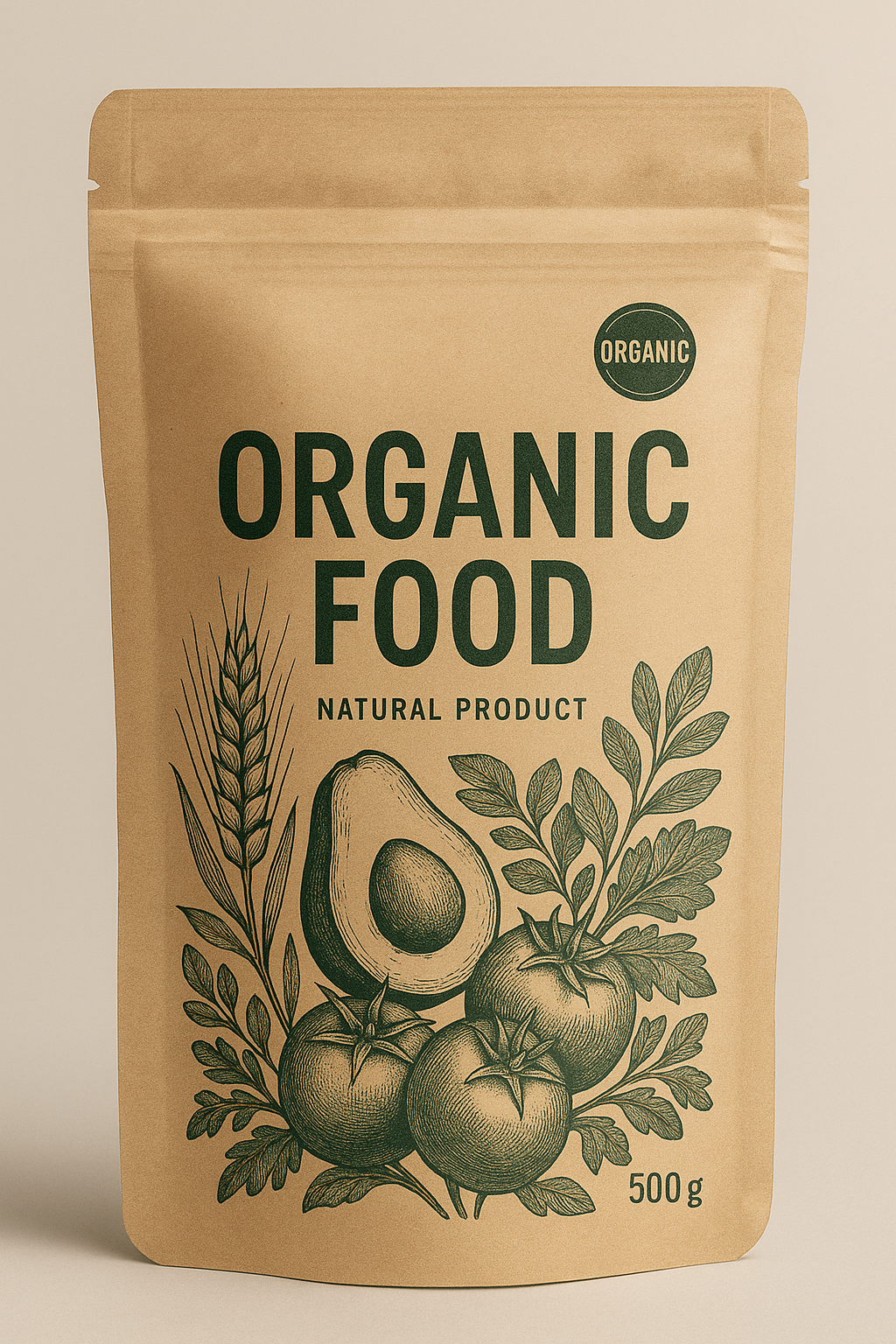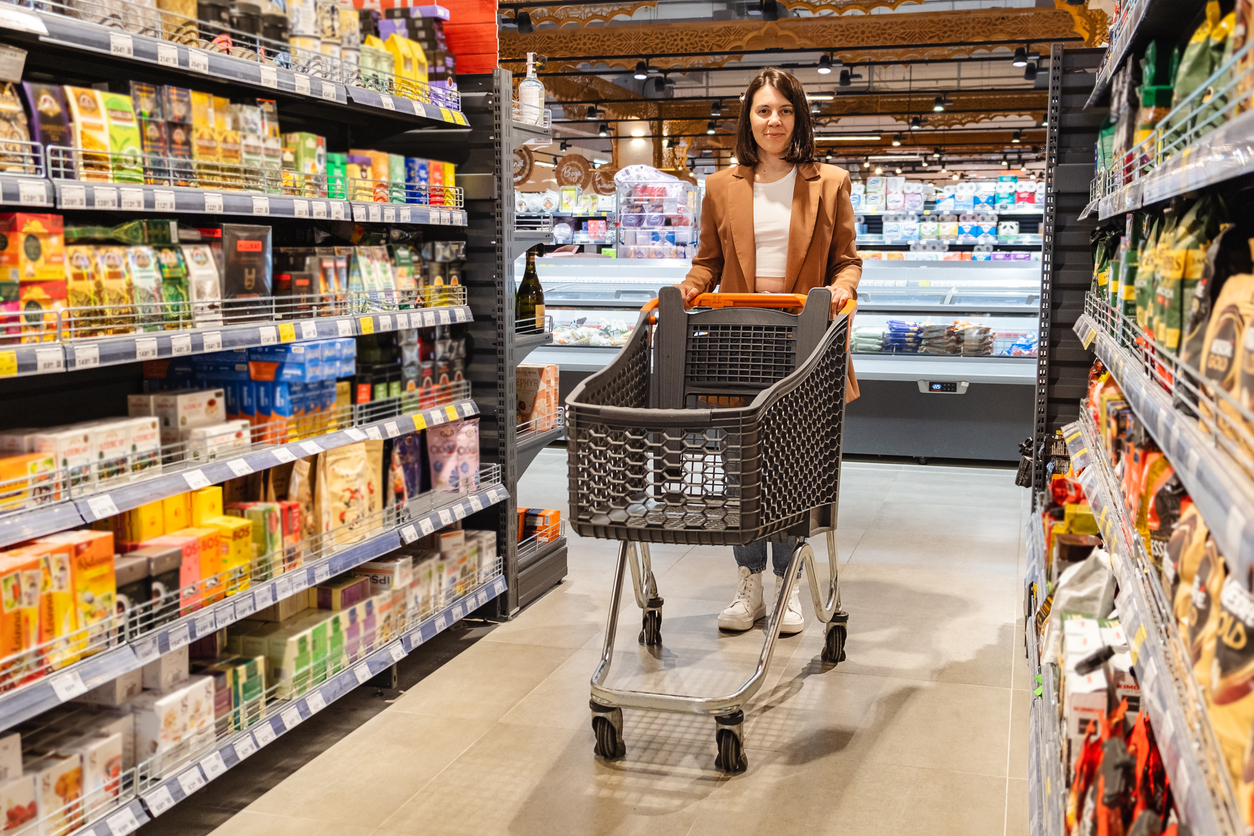In a market where sustainability is no longer optional but…

Flexible Packaging for the Food Industry: Protection, Efficiency, and Innovation
Flexible packaging has become one of the most versatile and efficient solutions for the food sector. With increasing consumer demands for freshness, safety, and sustainability, flexible structures offer significant advantages across the entire supply chain.
🥫 Product Protection and Safety
Barrier Structures:
Flexible packaging can incorporate high-barrier materials such as aluminum, EVOH, or metalized PET to protect against oxygen, moisture, and light—preserving aroma, flavor, and nutritional value.
Food-Grade Materials:
All materials used are certified for direct food contact, ensuring the safety of contents, especially in products like snacks, sauces, and dehydrated foods.
Hermetic Sealing:
Whether via heat, cold seal, or ultrasonic sealing, flexible packaging ensures airtight seals that prevent leaks and microbial contamination.
🔄 Operational Efficiency and Sustainability
Lightweight and Space-Saving:
Compared to rigid containers, flexible pouches significantly reduce shipping and storage costs, lowering the carbon footprint.
Eco-Design and Circular Economy:
There is a growing shift toward mono-material structures and recyclable packaging. These designs align with environmental goals while maintaining shelf performance.
Automated Filling Compatibility:
Flexible formats are ideal for high-speed filling and dosing systems in food processing plants, optimizing operational efficiency.
📦 Formats and Functional Add-ons
Recommended Packaging Formats:
- Stand-up pouches with zip-lock
- Flat-bottom pouches for improved shelf display
- Stick packs and sachets for individual servings
Functional Features:
- Degassing valves for coffee and baked goods
- Resealable closures to maintain freshness
- Transparent windows and matte or metallic finishes for enhanced shelf appeal
🧪 Challenges and Quality Assurance
Shelf-Life Management:
The right structure helps extend shelf life while reducing food waste.
Testing and Validation:
Barrier films and seal strength are tested under strict conditions to ensure compliance with international food safety regulations (e.g., FDA, EFSA).
Conclusion:
Flexible packaging in the food industry combines innovation, safety, and sustainability. Its adaptability to different product types and retail formats makes it a strategic choice for food brands looking to meet today’s market demands.



